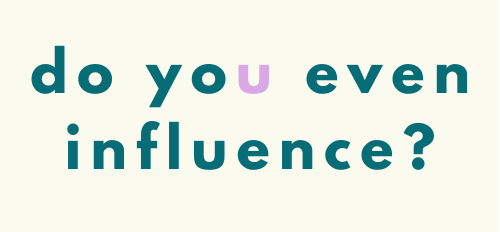The Rules Have Changed: Here’s What You Need to Know About Paid Post Transparency
Demand for transparency about sponsored posts and ads is increasing
You might know your favourite influencer’s preferred brand of shampoo, what milk they drink with their coffee, or the details of their most recent shopping adventure. But there is often more behind these posts than meets the eye.
As influencer marketing gains in popularity, the demand for transparency about sponsored posts and ads is increasing. There are now new guidelines and regulations regarding paid collaborations that are being implemented by Instagram and regulatory bodies in Australia. Those who do not comply are at risk of hefty fines. We’ve done the research and are here to tell you everything there is to know.
Tagging a brand alone is no longer enough to demonstrate a commercial partnership on social media. The Australian Association of National Advertisers (AANA) released a code of ethics that groups influencers in with all other traditional advertisers. The code encourages influencers to “disclose commercial relationships in a clear and upfront manner that can be easily understood,” such as using hashtags like #ad or #sponsored. This only applies if the paid promotion is not obvious. Examples of where the hashtag may not be needed include:
If a wellness influencer promotes a protein powder with use of a discount code and ‘swipe up’ function.
An unboxing video where it’s painfully obvious from the box and note that it was #gifted.
Breaking the code will not result in large penalties as the industry is self-regulated. However, The Advertising Standards Board uses the AANA code to judge ad complaints and share the final decisions publicly. This can ultimately damage the reputation of any influencer or brand.
Recently, Instagram unveiled a range of new features to help influencers clearly signpost paid content. The move was inspired by a desire to help increase transparency for both brands and consumers. Influencers can now add a "‘paid partnership’ tag to posts and stories. This function also gives creators and businesses the ability to track and share insights for the branded content post.
If not using the paid partnership tag, then the Australian Influencer Marketing Council (AIMCO) advises using the hashtags #ad or #sponsored on your posts. Use of the full word is preferred over abbreviations such as ambiguous hashtags like #sp.
So, say goodbye to the days of influencers sneaking paid partnerships into their organic feed and hello to greater transparency. Social media must now start playing by the same rules as traditional advertising platforms like TV, radio, and print. Take this as a win… influencer marketing is finally being taken seriously!

